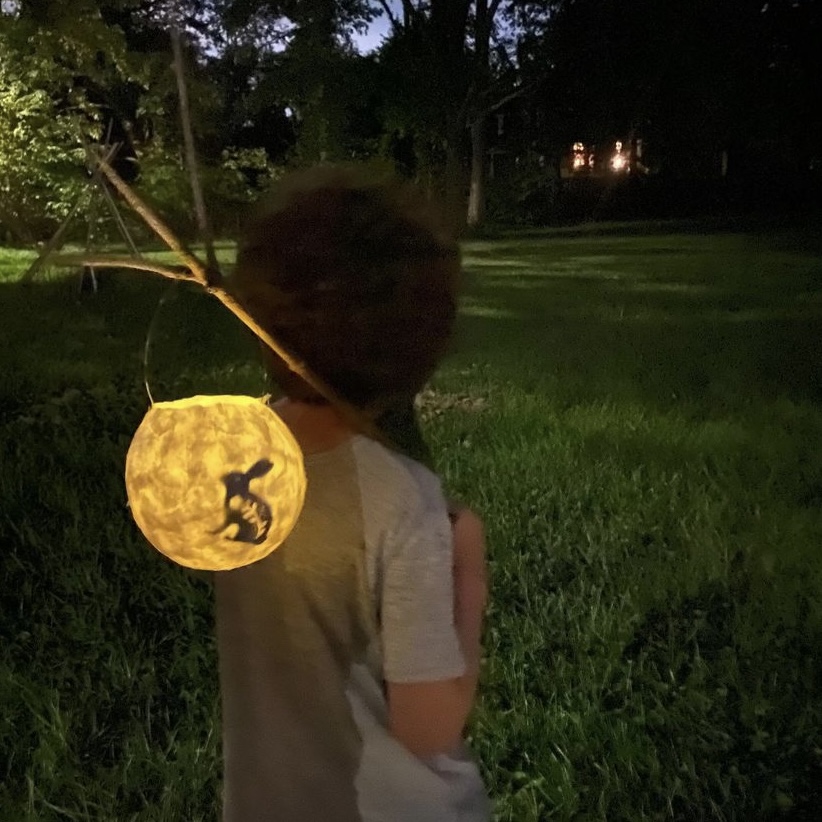
The Harvest Moon might just be my favorite full moon celebration, and its definetly the one we have been celebrating the longest. Its also an important celebration in many different cultures which is always something of interest to me. In Western Europe it was named the Harvest Moon because the light from the full moon helped farmers bring in the last of their crop well into the night. Many cultures believe that the Moon is at its brightest and fullest size at the Harvest Moon, coinciding with harvest time. At same time many American Indian tribes use full moon names referencing the harvest this time of year. (Read more here) In China and much of Southeast Asia there is the Mid-Autumn Festival. (In Japan its called: Tsukimi, Korea: Chuseok, and Vietnam:Tết Trung Thu) Mid-Autumn Festival celebrates the moon, family and rejuvenation. Like most celebrations this time of year it also has ties to harvest time. Lanterns of all size and shapes, are carried and displayed they are seen as symbolic beacons that light people’s path to prosperity and good fortune. Mooncakes are traditionally enjoyed on this day. The Mid-Autumn Festival is based on the legend of Chang’e, who is the Moon goddess in Chinese mythology.
It makes sense that lanterns feature in celebrations of all kinds this time of year, it’s noticeably darker now as we move into the dark half of the year. Fall and winter are prime lantern time in my lexicon. I knew I wanted to make a lantern that looked like a moon hanging on a stick for our Harvest Moon celebration, but the mythology around Mid-Autumn Festival inspired me to take it a step further. (Also hanging from sticks improves all lanterns imo) In many Asian cultures there is said to be a rabbit in the moon who makes mochi and Latin Americans also see a rabbit in the moon. In East Asia, the rabbit is seen as pounding with a mortar and pestle, but the contents of the mortar differ among Chinese, Japanese, Korean and Vietnamese folklore. In some versions the rabbit is making elixir of life, rice cakes, mochi, medicine for the mortals, and mooncakes. In Latin America a rabbit is also seen on the Moon. Tecciztecatl, the Aztec moon god, was pictured as an anthropomorphic rabbit. He raised the rabbit to the sky stamping its silhouette on the moon to honor it for its good deeds. Frequently, the Maya moon goddess is represented with a rabbit in her lap. There is also a myth involving Quetzalcoatl and the Moon rabbit. In Cree legend, a young rabbit wished to ride the Moon and only a sandhill crane helped him to reach it. (The journey stretched his legs long.)
The fancy word for seeing images in the shadows of the moon is “lunar pareidolia.” The moon’s surface is a complex mixture of dark areas (the lunar maria, or “seas”) and lighter areas (the highlands). The moon being a constant for humans throughout the ages, many cultures have seen shapes in these dark and light areas that have reminded them of people, animals, or objects, often related to their folklore and cultural symbols. In addition to the “man in the moon and the moon rabbit, other cultures perceive the silhouette of a woman, a frog, a moose, a buffalo, or a dragon. Interestingly, I have always seen a rabbit in the moon, but as I was researching for this article I cam across a lot of drawings “showing” the the rabbit in the moon and none of them looked the way I had always visualized it. This would be a fantasic nightime nature journal prompt, drawing the images you see in the face of the moon in the Harvest moonlight!
And so, I present to you, adorable lanterns that look just like moons, but reveal a hidden rabbit when they light up in the dark! Perfect for a moonlit walk searching for the moon or to light your drawing as you see your own shapes in the maria of the moon’s surface.
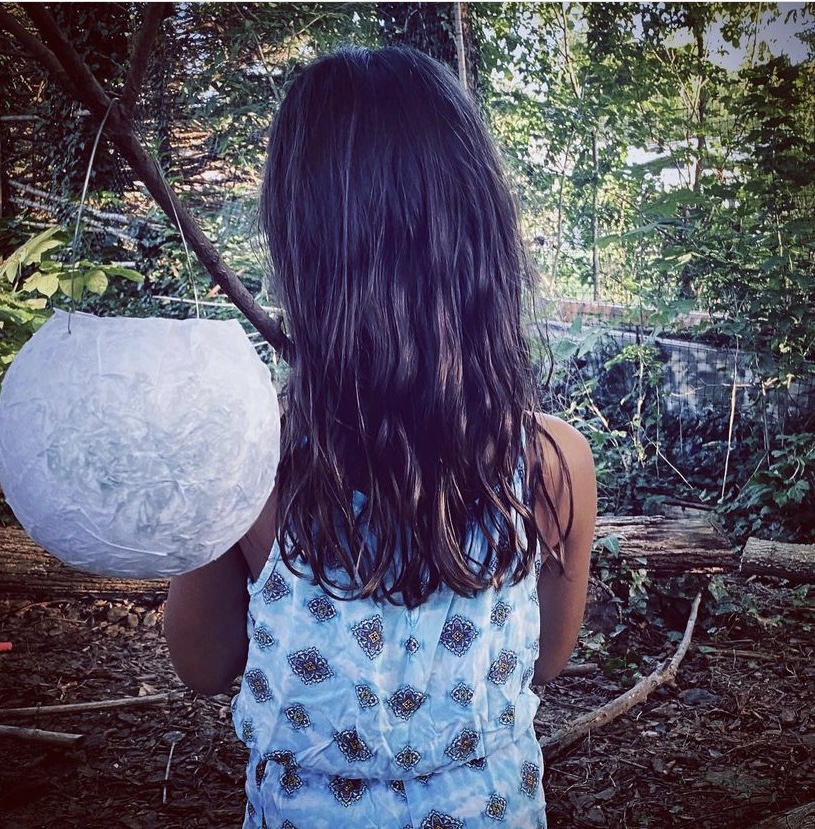
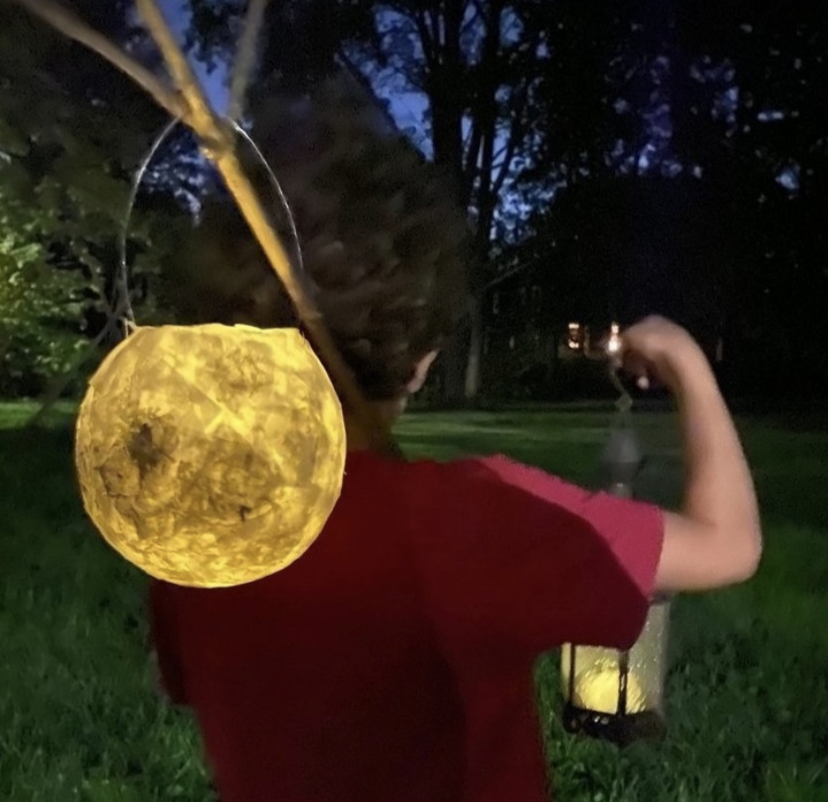
Hidden Rabbit Harvest Moon Lanterns
These lanterns look complicated, but are actually relatively simple to make. The secret is just to hide a rabbit inside that blocks some of the light.
Materials:
- white tissue paper
- rabbit cut out (below)
- white glue or paper mache
- water
- small balloon
- wire
- paintbrush
- grey craft paint
Method:
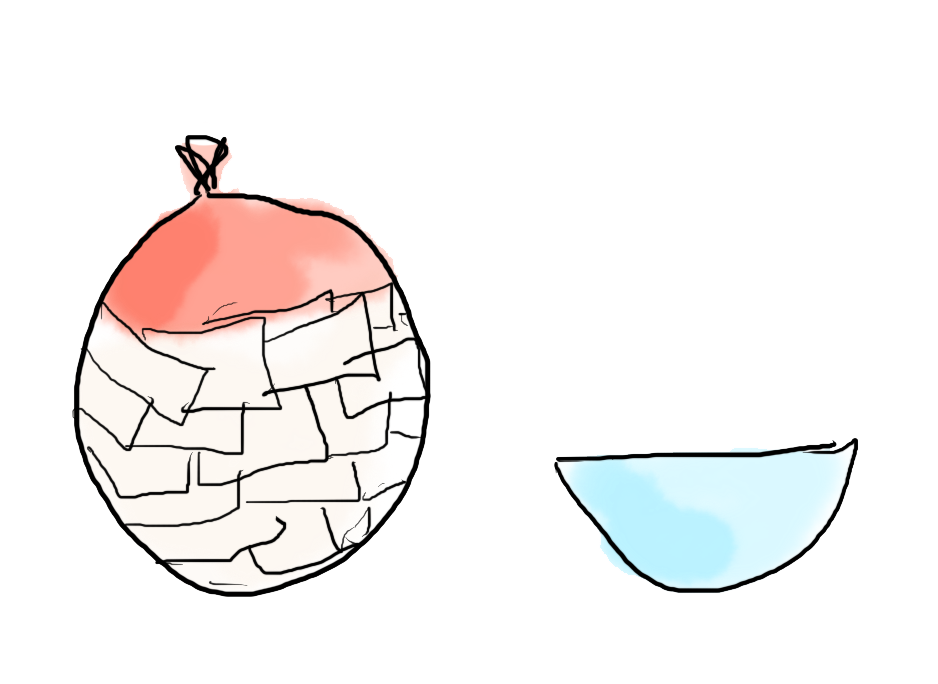
Cut or tear the white tisse paper into strips and mix up your paper mache or water down a little white glue. Blow up a small balloon to serve as the base. I like to plop it into a cup to stop it from rolling around. Dip a strip of paper into the glue and let the excess drip back into the bowl. Place the strip onto the balloon and smooth it down. Continue dipping and smoothing pieces of paper onto the balloon until you have covered the whole surface leaving a boarder around the top. Do this at least three times so you have three layers of paper.
Allow the paper mache to dry completely overnight. Once dry, prick the balloon with something sharp and pop it. Peel the balloon bits out of the paper mache lantern.
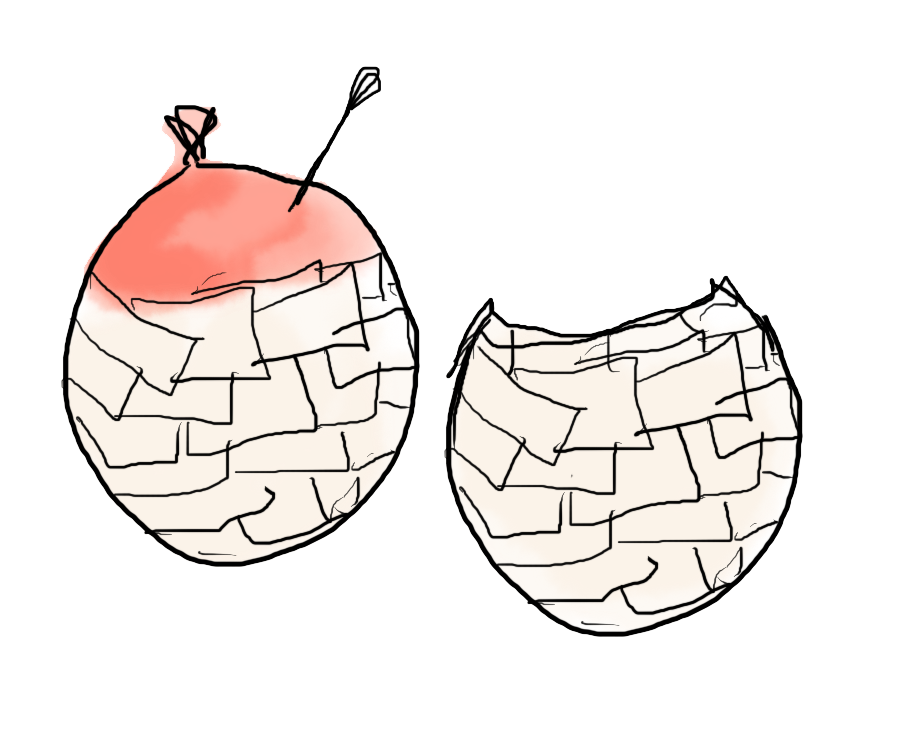
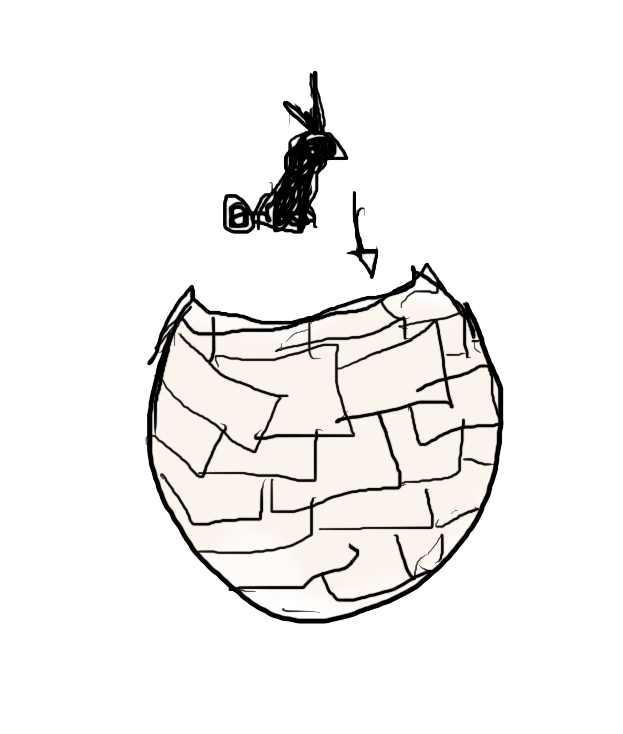
Cut out a rabbit shape (template below) and carefully glue it into the inside of the lantern. The glue should go on the black side so that the inside of the lantern looks all white. The rabbit should also not be visible from the outside provided the paper mache is thick enough. Allow to dry.
Using some grey craft paint, paint on some maria (seas- the dark areas of the moon) and craters. You can look at a picture of the moon or use your imagination. Allow to dry. Poke two holes in the top of the lantern and string a piece of wire across to create a loop for hanging.


Add the LED tea light and hang your lantern on a stick. The rabbit suddenly appears!
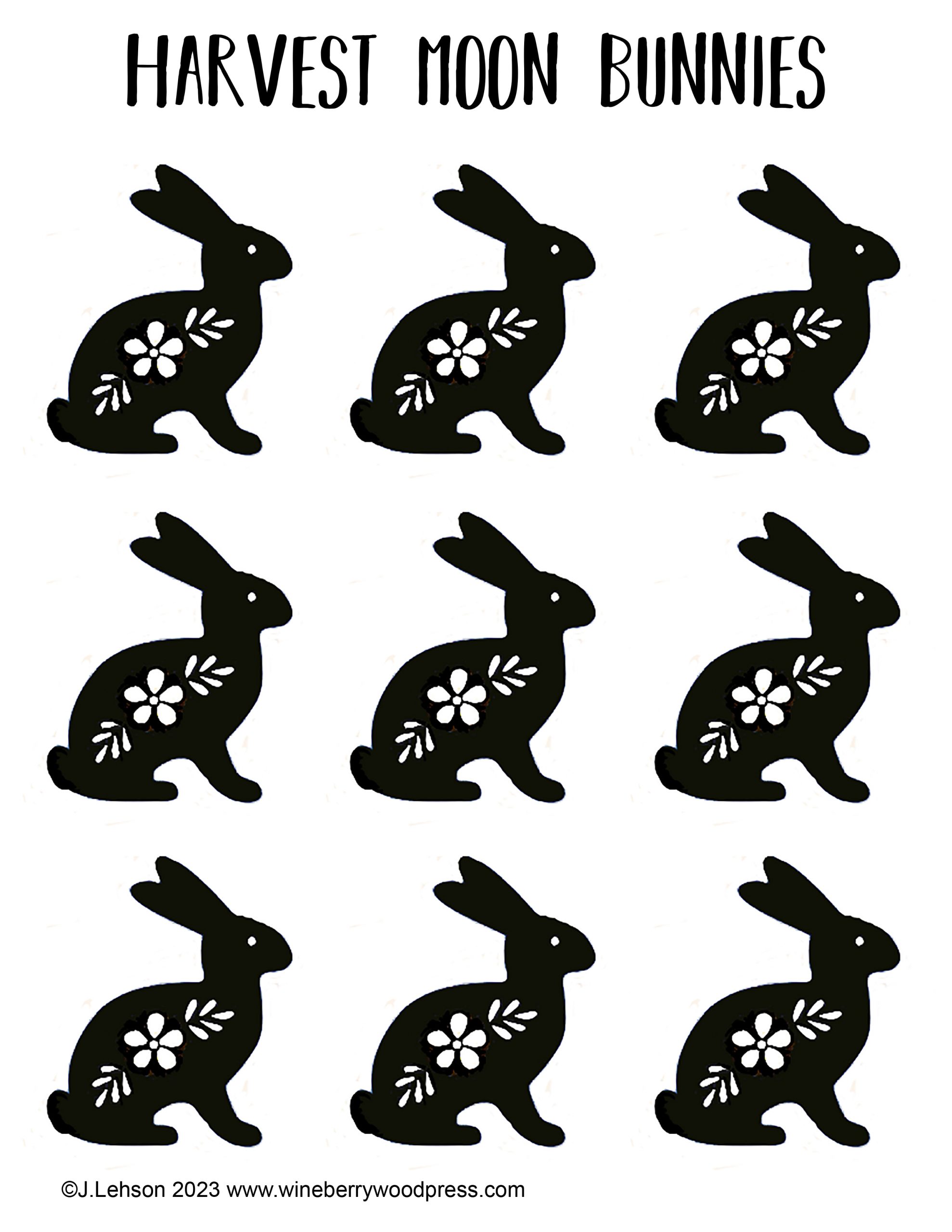

[…] Harvest Moon Lanterns […]
[…] in our Harvest Moon celebrations over the year due to their associations with the moon. (Read more here) This is also simple enough to do after work when you don’t have the energy for much else. […]
Thank you for sharing, I love this idea
Thanks! Hope you enjoy!